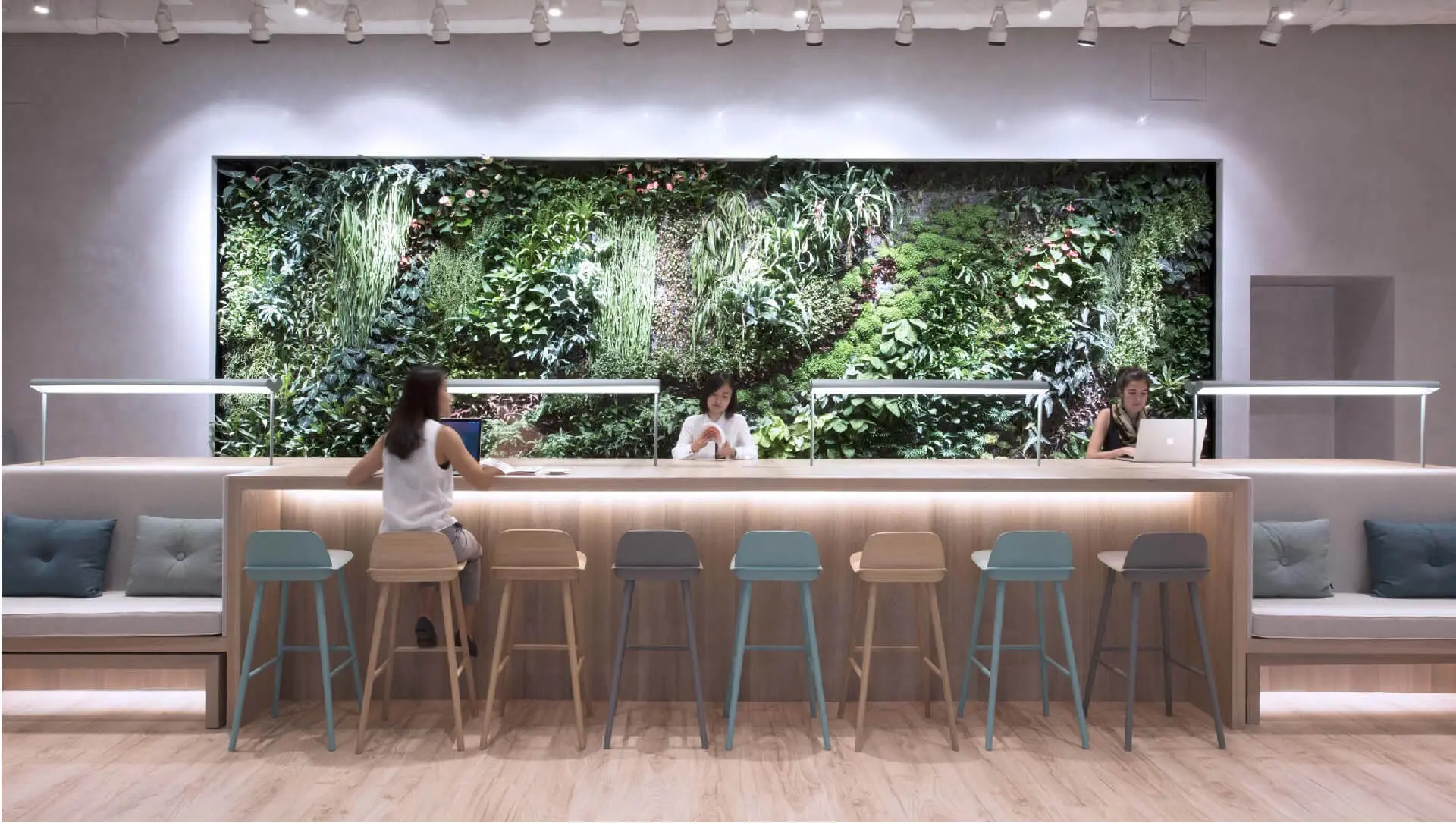Pushing back against the status quo with SOFTlab
SOFTlab creates mesmerizing designs that not only push boundaries but completely immerse us through their use of technology, materials, and craft.
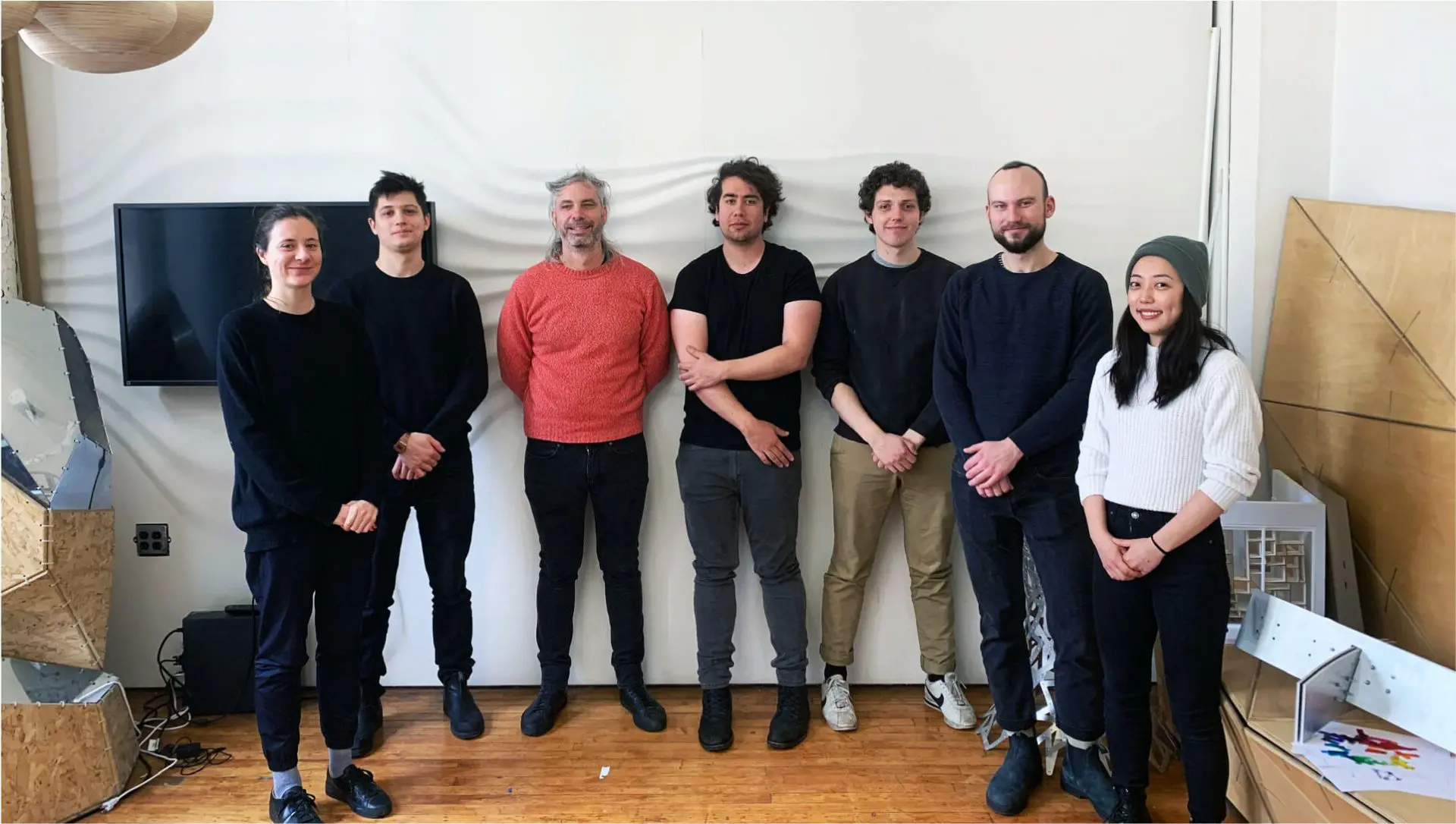
Based in New York City and founded by Michael Szivos, SOFTlab is a design studio whose expertise ranges from digital fabrication to immersive and interactive installations. Their ability to combine technology and craft has allowed them to be involved in the creation and production of projects across almost every medium, leaving their indelible mark in the fields of architecture art, and technology.
SOFTLab’s work is unlike any other, their ability to customize typical software used for design not only has led them to conceive incredibly complex forms but also to create with them magical interactive experiences and installations that keep us perpetually engaged. Their constant experimentation and technical refinery defy the status quo and push the boundaries in completely unexpected ways.
DesignWanted had the opportunity to interview Michael Szivos and find out more about SOFTlab, its beginning, its unique approach, and the future of this incredible studio.
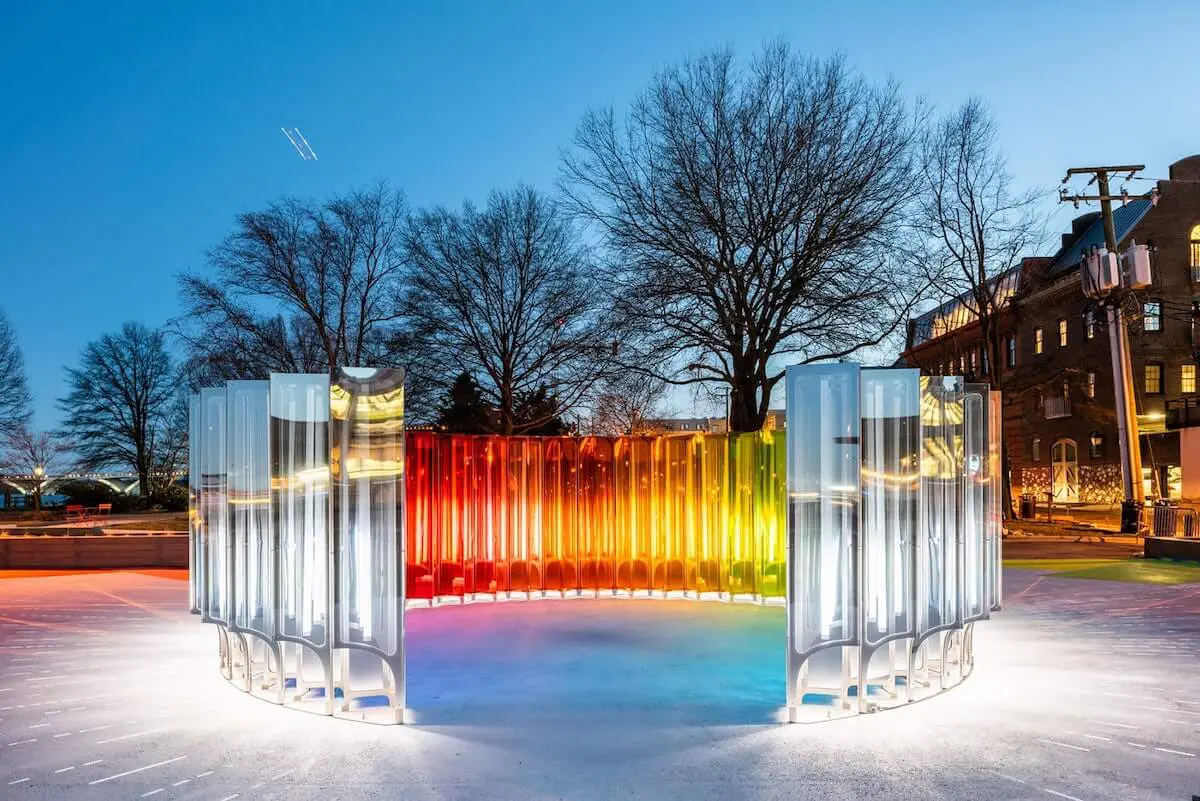
Who is Michael Szivos? How did the journey for the Softlab begin?
Michael Szivos:
“Just as I graduated from Columbia University’s Graduate School of Architecture, Planning, and Preservation I found myself like any recent graduate: beginning the process of looking for a job that suited a pretty eclectic set of interests I developed during grad school. Before I even started looking for a job, a number of old colleagues and friends approached me for various freelance projects. The projects were varied and some of them were outside the discipline of architecture. A lot of that early work was helping artists produce their projects, whether it be digital or physical installations and sculptures.
It was really exciting working with a variety of designers and artists and projects that happened much faster and allowed for much more hands-on problem-solving than my previous experience in an architecture office. Some of these projects became big enough that the office just developed out of that. At the time we were working on such a wide range of projects and mediums that I felt our value was in our versatility. A small group of people with varied interests and open-ended skills could be malleable and shape itself around any project and/or problem. That’s where the “SOFT” came from. The “lab” is a reminder to ourselves that our work should be grounded in ideas and research.”
What moved you to focus on experimental innovations?
Michael Szivos:
“In general, the studio operates somewhere between being curious about how culture and technology influence how we conceive and make things and being optimistic that design is more than just a pragmatic pursuit, but can foster questions about how we engage with the world in a fun and positive way. One of the things that we really push back against is the status quo. We never really like hearing something like, “ this is the way it’s done because we’ve always done it that way.” We are interested in testing new ways to frame ideas and bring them into reality. This doesn’t mean we have a disregard for history, rather history is where we start and a jumping-off point for how we begin.
The culture of how we work, make things, and engage with the public is always changing and we are interested in examining those changes through how we make our work. We don’t see technology as something that we champion, but something that liberates the possibilities we can explore. The ability for technology to be customizable and accessible is something that has always really excited us because it allows us to mold them for our use rather than being constrained by a finite set of applications. The same goes for material, we really enjoy using materials and light in unexpected ways. I would say we don’t seek out experimentation as much as it aligns with our interest in reexamining design problems in new ways to foster nonstandard solutions.”
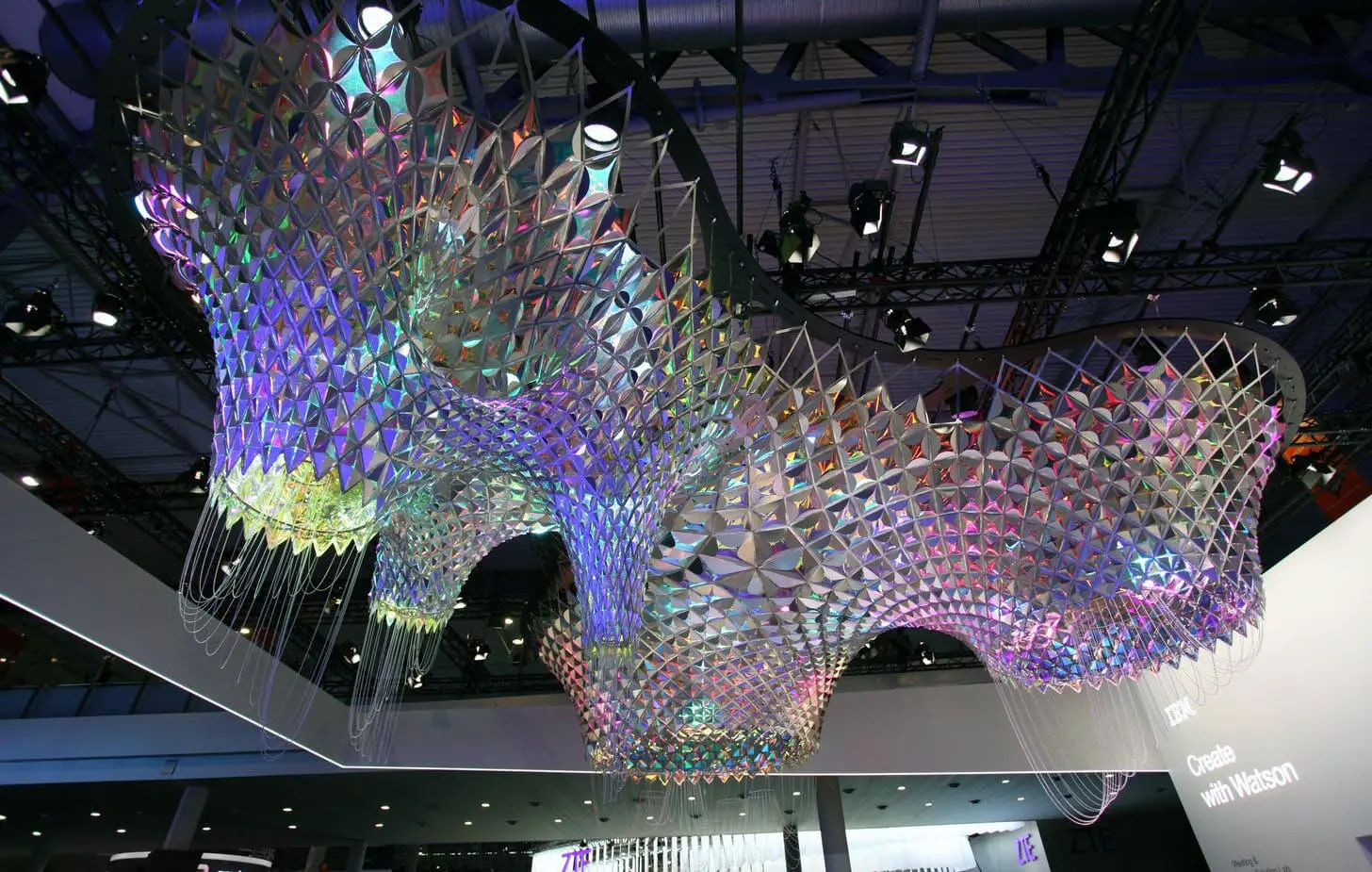
There is significant research and experimentation behind your ideas, are there any designers you are most inspired or influenced by? What other fields and inputs outside of the design world provide you inspiration?
Michael Szivos:
“We enjoy a pretty eclectic set of work and find inspiration in many places. We are not the type of designers that only like work that is similar to ours. It is refreshing to see how other designers pursue and framework that is very different than ours. It helps us rethink our own work. The people that inspire us the most have an attitude that we aspire to: Dieter Rams’ principles of good design, in particular, the idea that good design should be honest and all of his work in general!
Frie Otto’s sheer inventiveness with how he conceived his work through active models and the structures he created from them. Zach Liberman’s daily sketches that prove design doesn’t have to be a sacred thing and like exercise, design can be a daily activity to help place you in a more creative state of mind. And the loads of interactive designers and tinkerers that have emerged over the past twenty years as customizable software and technology has become more accessible.”
With a wide range of projects across almost every medium, which are the main core concepts or style inclinations that, above all, will always represent Softlab?
Michael Szivos:
“Over the hears we have developed two loose strands of work. The first is the form found structures which are those whose form is structurally optimized. Some of the early interests of the studio were methods of fabricating complex forms through unique parts. Typically this would take an immense amount of work and would be prone to error. When the studio started a little over 10 years ago we were very interested in customizing software and using digital fabrication to expand what was achievable in terms of creating complex geometry. To that end, form found structures were not our initial interest but developed out of our need to combine form and structure to achieve complex geometries through these methods.
The other strand of our work is a bit more resent and includes all of our interactive work. When the studio started we also did a lot of video and interactive web work. Our ability program and create custom software made this work a natural fit, but everyone would always ask when we were going to make our installations interactive. Our first opportunities to make interactive installations came a bit later when the budgets we were able to work within increased. It was exciting to bring programming to the foreground of projects through interactivity. Now we are in a place where these two stands are beginning to intersect which is challenging in an exciting way!”

If there were an unlimited budget and resources, what kind of project would you like to do? What would it look like?
Michael Szivos:
“Of course, an unlimited budget is great but we have been really satisfied with the outcome of projects that were modest in scale and budget as well as with projects that were ambitious in those regards. Because we are trained as architects we always try to integrate function and program as much as we can, even in our more sculptural work. We try not to simplify produce objects. An ideal project would be one that allows for more of this. Something that straddles artwork and architecture would be interesting. We are already working at that scale and we have some projects in the works that might allow us to explore this a bit more.”
You create large scale installations with striking shapes that people can walk by, what kind of reaction do you receive when people pass by your creations?
Michael Szivos:
“On the one hand, we try to make our work easy to engage with, but on the other, we also try to offer unexpected surprises. The things we think about when are designing a project are how do we invoke the curiosity of the public and once we have them engaged, how do we surprise them in both a delightful and meaningful way. This surprise is not really about sensation, but more about using the unexpected use of material, craft, form, and technology to encourage people to question the way their environment is constructed, both literally and figuratively.
We never make our use of technology overt, nor do we hide it. We prefer the experience to be more visceral or magical, rather than explaining it. In general, we avoid explaining what our pieces mean or how people should engage with them. In that sense people craft there own narratives, meaning, and memories around our work and become authors in the broader scope of the work. When we see people engage with our work in ways we couldn’t have imagined is probably the most exciting for us.”
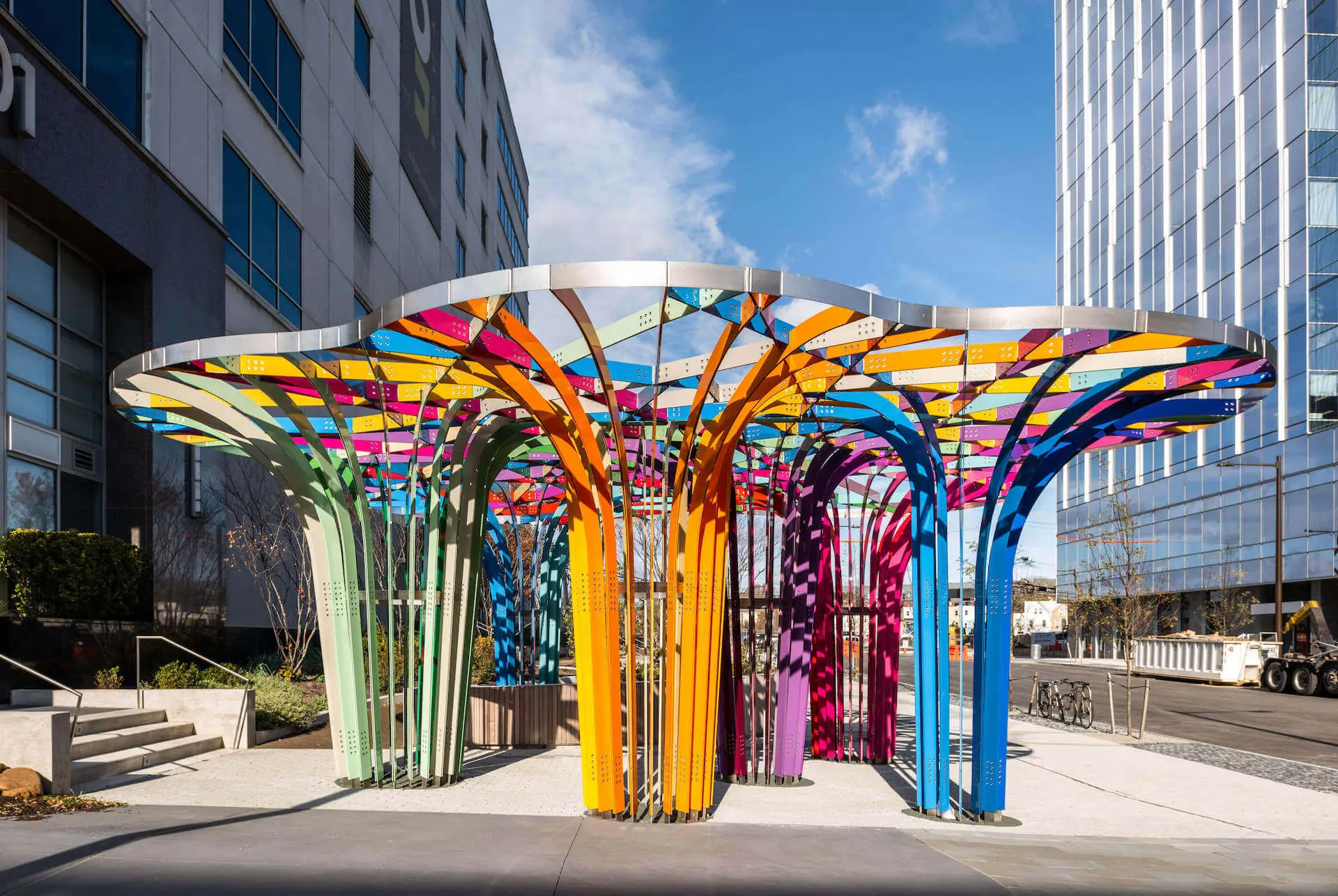
Softlab has been taking on new projects and clients in Europe and Asia, what are the next steps for Softlab?
Michael Szivos:
“Given the current situation, we have had a number of exciting projects that have gone on hold, but I am hopeful those will start back up again once the situation gets better. We have been working on a large outdoor piece for Google’s new headquarters in Mountview, CA. We are also working on a permanent outdoor interactive artwork for a park in Miami that will open for Art Basel.
There are a couple of other interesting projects we are working at SOFTlab, but can’t mention what they are and we have been selected as finalists for a couple of public artworks that we are now creating proposals for. There is a lot to look forward to in the studio. It is definitely a difficult time, but I am hopeful we will come out of it more informed and connected as a studio and a global community.”







